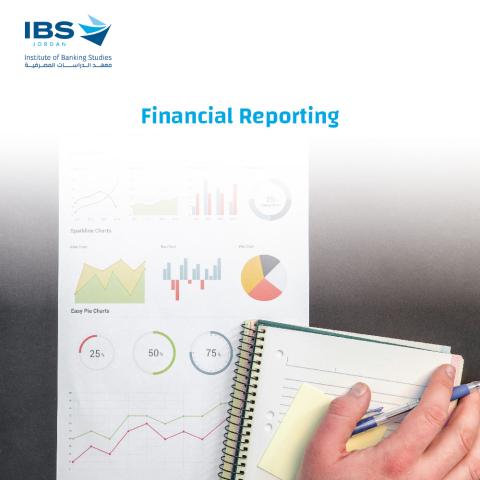
By the end of this training course, trainees will be able to :
- Specify the content and format of the income statement.
- Identify the major classifications of the statement of financial position.
- Define receivables and explain accounting issues related to their recognition.
- Describe the nature, valuation, and reporting of current liabilities.
- Describe the nature of bonds and indicate the accounting for bond issuances.
- Employees in financial departments at banks.
- Statement of Income Comprehensive:
- Preparation an income statement.
- Reporting items in the income statement.
- Identifying where to report earnings per share information.
- Reporting of accounting changes and errors.
- Preparing a retained earnings statement.
- Reporting other comprehensive income.
- Statement of Financial Position and Statement of Cash Flows:
- Preparing a classified statement of financial position using the report and account formats.
- Indicating the purpose of the statement of cash flows.
- Identifying the content of the statement of cash flows.
- Preparing a basic statement of cash flows.
- Understanding the usefulness of the statement of cash flows.
- Determining additional information requiring note disclosure.
- Describing the major disclosure techniques for financial statements.
- Identifying the major types of financial ratios and what they measure.
- Cash and Receivables:
- Accounting issues related to valuation of accounts receivable.
- Accounting issues related to recognition and valuation of notes receivable.
- Accounting issues related to derecognition of accounts and notes receivable.
- How to report and analyze receivables.
- Common techniques employed to control cash.
- Current Liabilities, Provisions, and Contingencies:
- The accounting for different types of provisions.
- The accounting for loss and gain contingencies.
- How to present and analyze liability-related information.
- Non-Current Liabilities:
- The accounting for long-term notes payable.
- The accounting for the extinguishment of non-current liabilities.
- How to present and analyze non-current liabilities.
- Equity:
- The accounting and reporting for treasury shares.
- The accounting and reporting issues related to dividends.
- Present and analyze equity.
- Investments:
- Understand the accounting for debt investments.
- Understand the accounting for equity investments.
- Accounting for derivatives.
- Accounting for hedges.
- Practical cases study.
